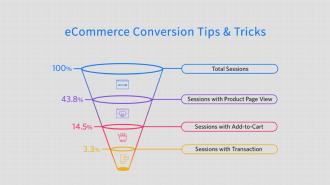Summary / TL;DR
PPC ad testing is a data-driven method to identify the most effective version of a paid advertisement by comparing different ad variations. This process improves ad quality, controls spending, and enhances conversion rates. Key strategies include A/B testing, using platforms like Google Ads, and evaluating performance through metrics such as click-through rates and return on ad spend. Effective PPC testing involves adjusting variables like headlines, CTAs, landing pages, and device targeting. Marketers can use before/after comparisons, drafts and experiments, or scheduled tests, with statistical significance typically achieved in one to two weeks. The approach supports better bid management and marketing optimisation.
When it comes to digital marketing methods, many marketing professionals suggest using pay-per-click advertising to take their strategies to the next level, and with good reason.
It provides fast and effective results, is easy to implement and has few financial restrictions. Those are the primary reasons why many online marketing campaigns today utilise PPC.
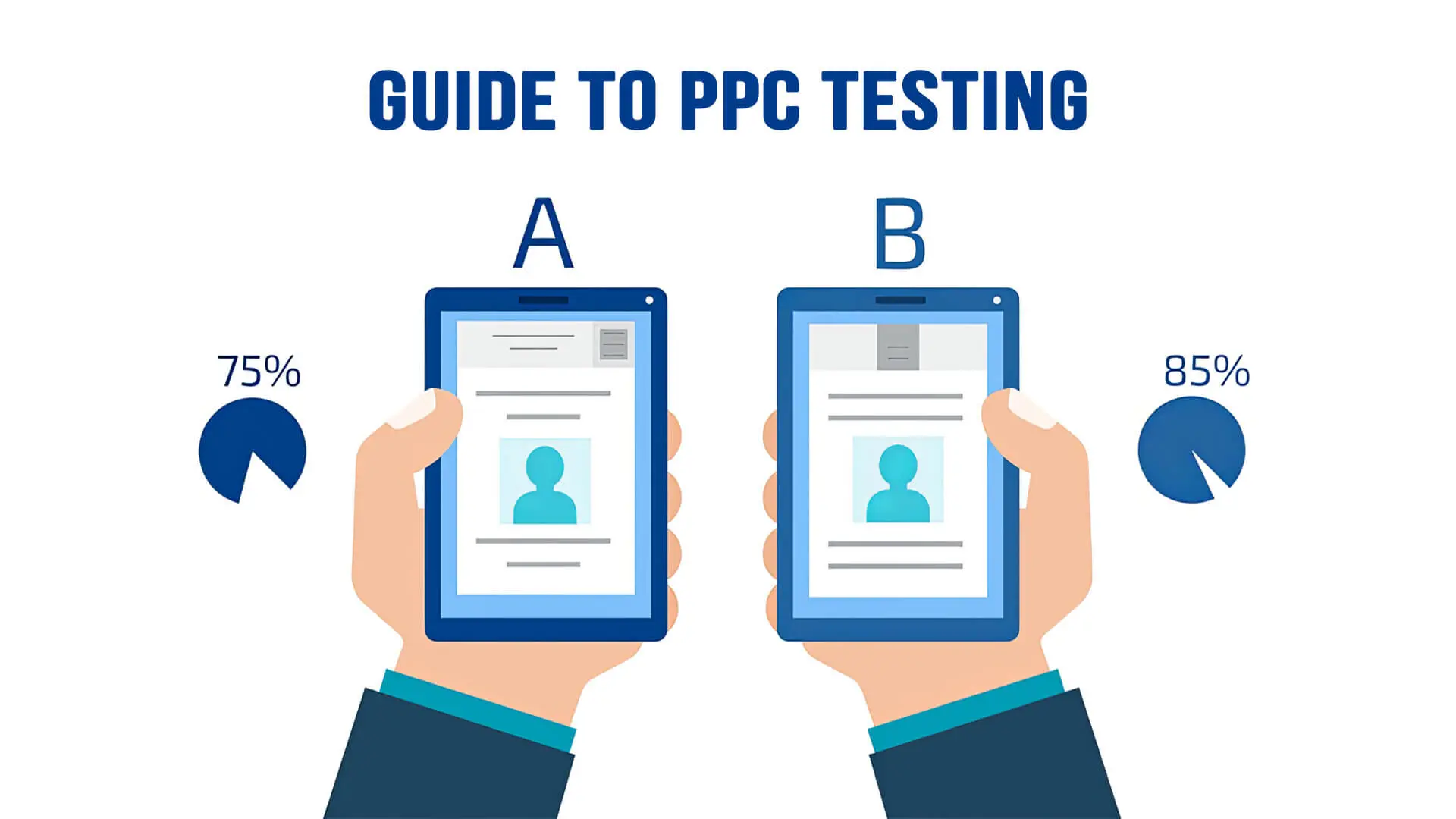
However, the increasing competition in PPC advertising has saturated the market, raising concerns about the quality of PPC ads and the statistical significance of their results, among other industry challenges.
This is why pay-per-click testing is advisable; it boosts ad quality, ensuring you get the most bang for your buck. But you might be asking yourself—what exactly does PPC testing involve?
Well, this guide breaks it down for you, and for even more insights, be sure to explore our website!
Want to receive updates? Sign up to our newsletter
Each time a new blog is posted, you’ll receive a notification, it’s really that simple.
What Is PPC Testing?
In simple terms, PPC testing, often monitored using tools like Google Analytics, is a process that identifies the best-performing ad for a paid advertising campaign. Of course, this is just the basic principle of using this testing process.
The test is more complicated since it requires the tester to rigorously evaluate multiple ads across platforms like Google and Microsoft Ads.
In a standard paid search PPC testing procedure, a variety of ways to iterate an ad with multiple headlines are created for ad variation testing. Attention is given to the headline as a crucial component, and numerous trials are conducted on each version.
This helps the tester identify the ad’s best version that can resonate with the audience, assisting advertisers in choosing the most effective approach and utilising paid search testing ideas.
If you’ve encountered various business methodologies, you’ve probably seen that PPC testing closely resembles split testing or A/B testing.
It’s a familiar process in business research, often dubbed ‘A/B testing for PPC.’
How To Do PPC Testing?
We’ve talked about ad testing before, and it involves trying out different versions of your ads to see which one works best.
Here, we’ve broken down the process further to give you a clear idea of how to begin.
First, suitable ad groups for testing must be established; this is done at the ad group level. Then, a minimum of two versions are created for PPC ad copy testing and published simultaneously within the same ad group to also perform landing page testing tests.
In other words, you will show two versions of your ad (version A and version B) to the same audience.
Once that step is complete and you have taken the next step, you need to monitor the ad performance of each ad within the group, part of the paid advertising campaign. You can introduce changes progressively in the ads and learn from the response generated by each version to add value.
You can tweak a few variables in each version, such as the ad setup, the copy, or visual elements. Testing landing pages is also an option and easier with the right tools.
Results typically reach statistical significance in about a week or two, providing valuable insights.
However, in some cases, you might need to reach statistical significance by conducting the test extensively for a while within your PPC account to get the desired outcomes in line with your goals. Once you have determined the winning formula, you can implement it for your paid ad campaign.
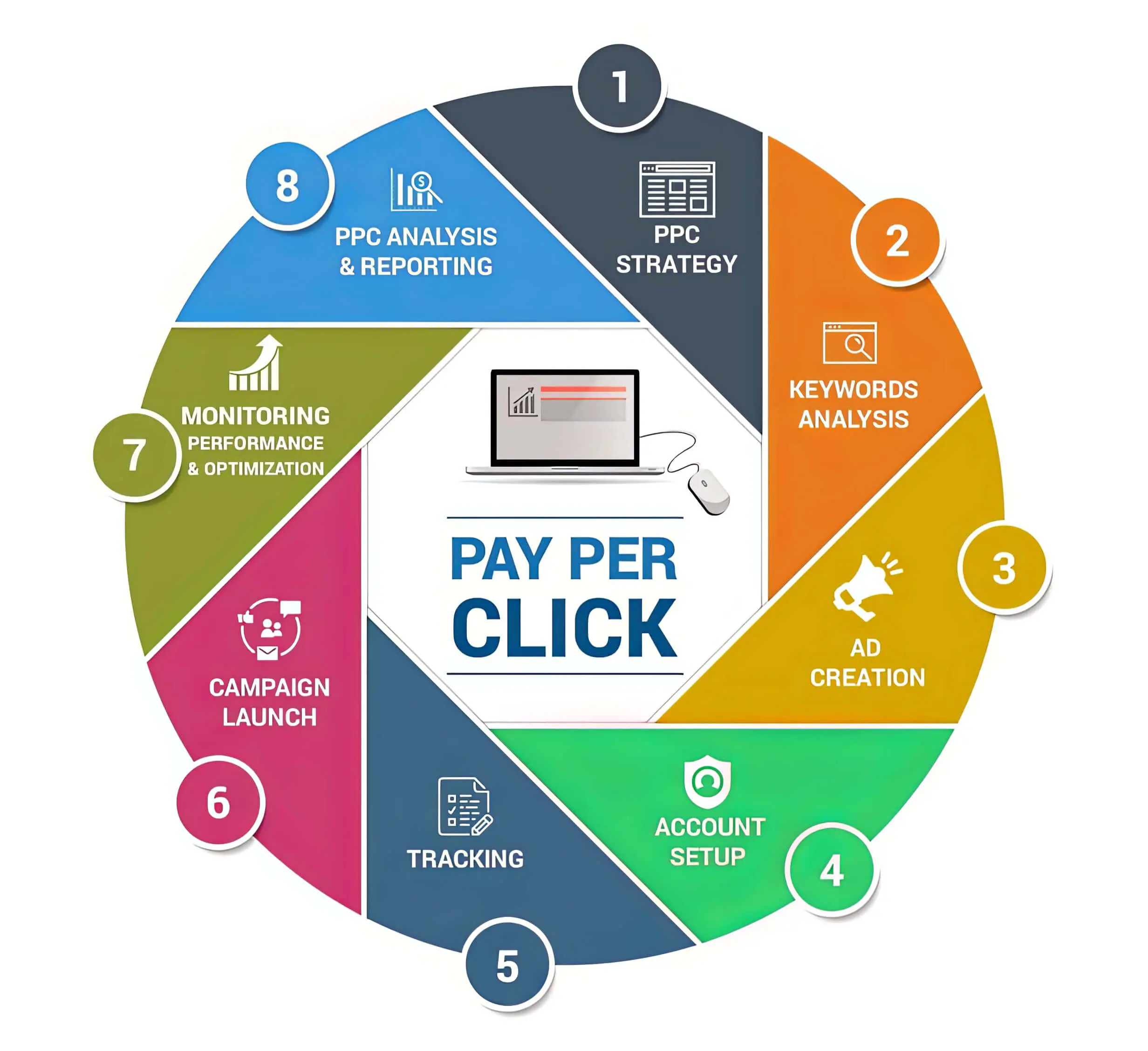
PPC Testing Methods
There are three major PPC testing strategies or things that you can use, and we have discussed them in detail below.
1. Before/After Tests
The before/after method is best used for components that are usually difficult to change on short notice, such as product names, descriptions, prices, etc.
To set it up, you need to select a product and gradually change it based on clients’ needs or any of the above components to elicit a response from your audience. Then, you must assess the difference in user traffic before and after the changes.
2. Drafts And Experiments
This is the most common testing method since it offers the most variations when creating ads to compare different strategies. In this strategy, you can first create a draught of our ad and progressively alter the different aspects as discussed in this article.
You can experiment with a lot of different variables in the draught to check which one performs better and generates the best response from your target audience.
3. Scheduled A/B Tests
Scheduled A/B tests are primarily used for testing target keywords, but you can experiment with other form factors and testing metrics, too, if you wish, for additional benefits. You can use scheduled A/B tests to evaluate your ads sequentially instead of simultaneously.
This will prevent your ad campaigns from overlapping, which can be particularly useful when more of the previously mentioned strategies are needed.
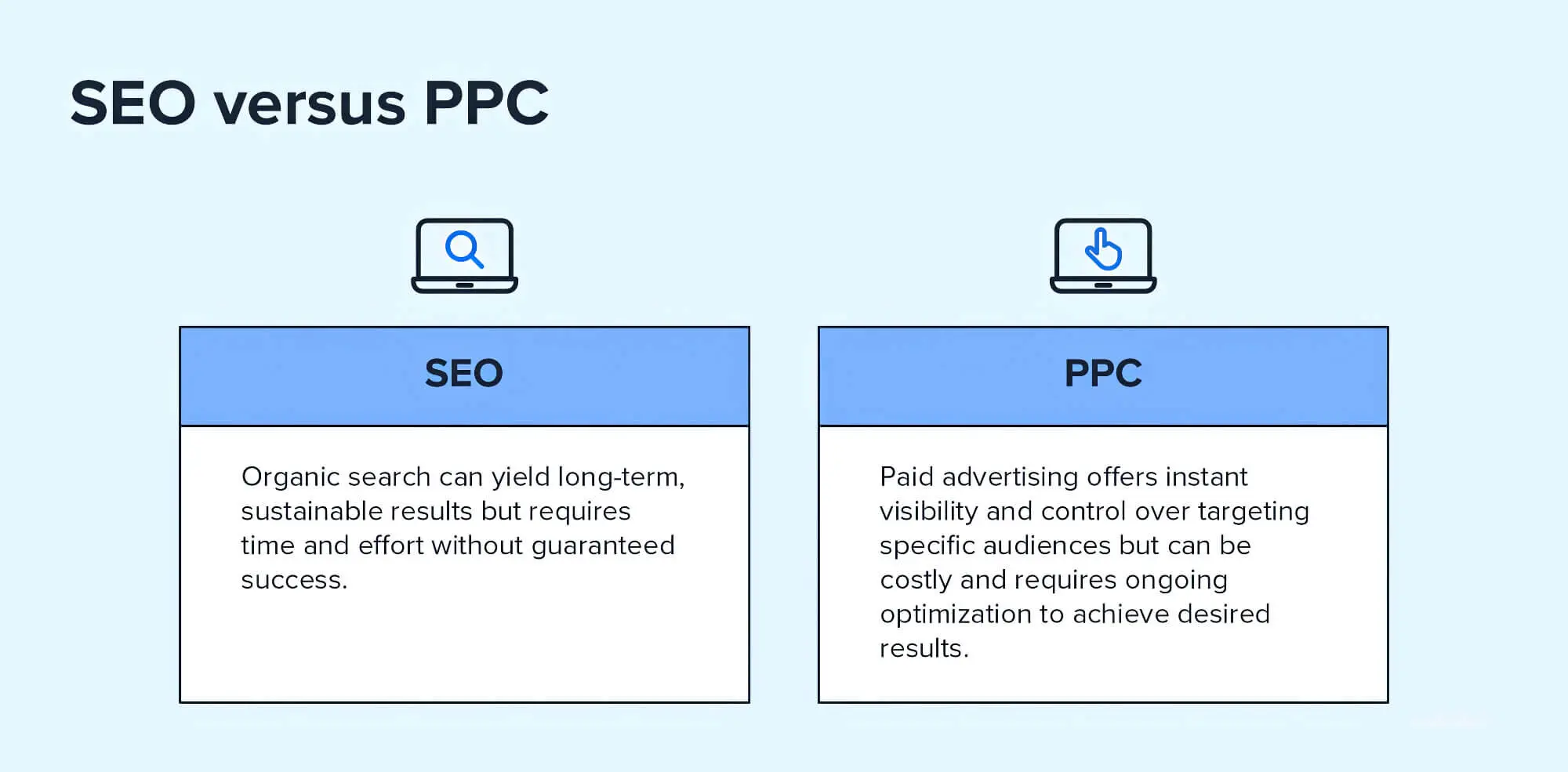
What Are The Different Types Of PPC Tests That You Can Perform?
Based on the requirements of your ad campaign, you can perform different types of PPC tests, as we have discussed below.
1. Testing Ad Copy
You are required to test the ad copy prepared for your marketing campaign here. The most important metric you must check here is the options and how well each resonates with the click-through rate (CTR). This is a key performance indicator for this ad test that shows how many people are actually clicking on your ads after they receive and see them.
The primary aspects you need to check here are the delivery of the ads, the calls to action (CTAs), and the sense of urgency using relevant images. Delivery refers to the method you have used to convey the ad’s message to consumers. For instance, you can test which version of the ad copy generates more clicks—20% off or $20 off.
Similarly, the call to action (CTA) must be optimised to generate consumer interest. In this case, if you want to test between different CTAs, such as “buy now” and “get yours today,” and see which one gets a higher CTR.
As for the sense of urgency, you can check how effectively your ad copy motivates people to take action quickly. For example, you can test different PPC ads using phrases like “limited supply” and “limited time offer” to see which can generate a higher CTR.
2. Testing Landing Pages
Landing page optimisation is an important part of your PPC campaign since this is the place where your site visitors would end up after clicking on the ad. If the landing page is appealing enough, you can convert the user into a paying customer.
This means that the conversion rate is an important metric to consider here. Therefore, when conducting A/B tests and applying multivariate landing page tests on the pages, you must check which iteration has the highest conversion rates through multivariate testing.
As such, you will need to experiment with the landing page’s layout. This includes features like clickable links, scrolling functionality, and overall page clarity while aligning with effective bidding strategies.
You can also use the redirect feature to take the users to a different page altogether, as long as it efficiently gives visitors the insights they seek.
Whatever the case, you need to observe which strategy has a higher chance of converting the users and implement that strategy for your final and future campaigns.
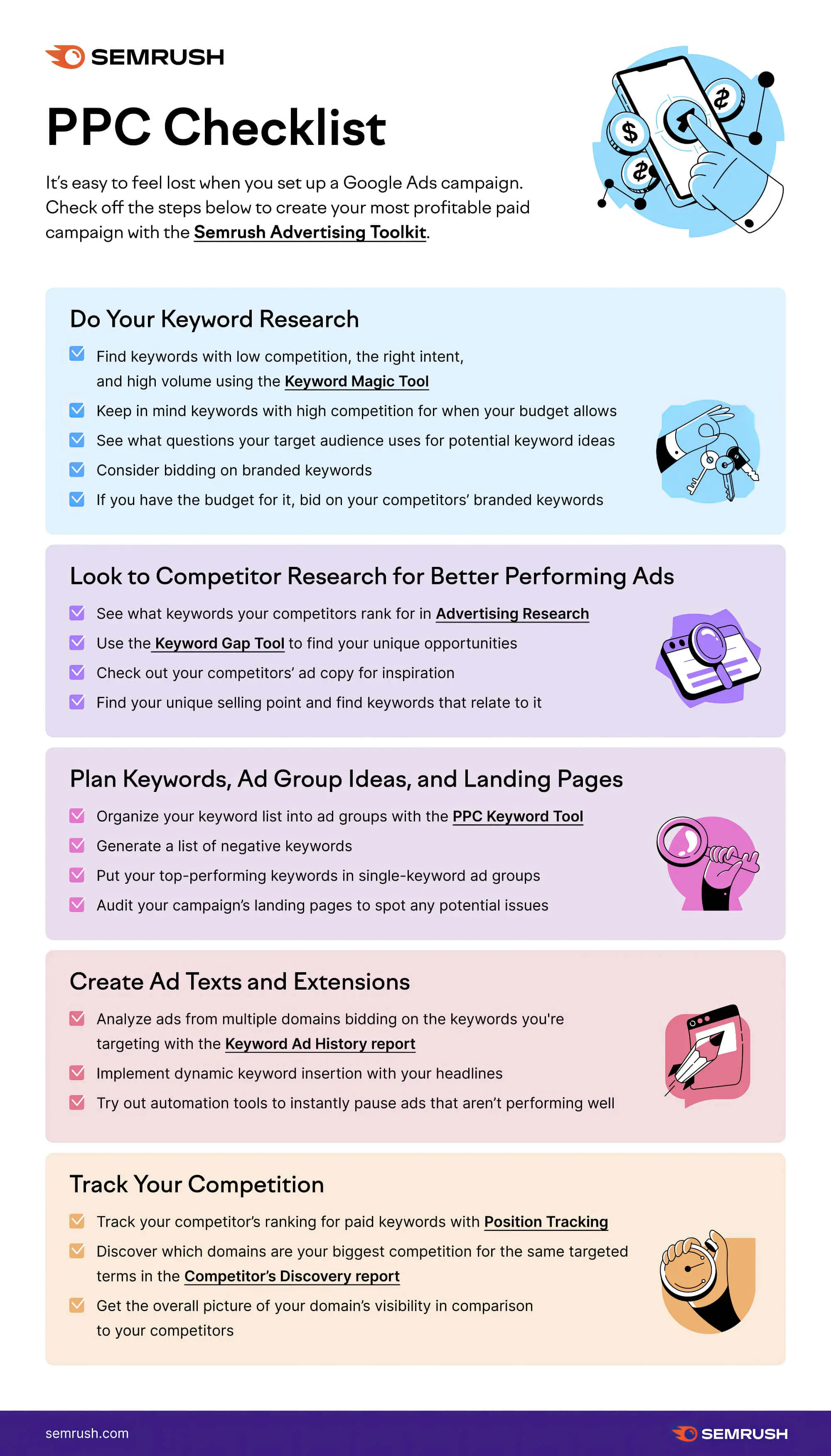
3. Testing Extensions
Ad extensions, often used in ad tests, provide additional info gathered from user testing when utilised with PPC ads. They can include information like site links, contact details, addresses, ratings and others.
Remember, you can use different ad extensions while testing to see which appeals to users the most and generates a higher CTR.
For example, you can test two ad variants, one with a rating extension and the other with a location extension, to see which ad creative performs better. The option that generates a higher CTR can be implemented in your final ad.
4. Testing Device Types
It is no secret that most people today use mobile devices like smartphones and tablets. Thus, you must prepare PPC ads for both conventional computing and mobile devices.
Then, you will need to do split testing for both device types simultaneously to see which one has a higher CTR and leads to more customer conversions.
Based on the data gathered, you can focus your ad spending on winning ads. For instance, if you observe mobile ads as more effective than regular ads for higher conversion, you can invest more money in developing your mobile PPC campaign.
Best Practises For PPC Testing
If you want the best results from your ad campaign, you should follow some ad testing strategies, tips, test variations, and best practices. We have compiled a list of them below for your convenience.
- Change your ad one element at a time as part of your advertising testing strategies.
- Test within multiple variants of your ads simultaneously if possible
- Document and record all the observations
- Make frequent adjustments wherever necessary
- Use the same testing method for consistency
Why Is PPC Testing Important?
In marketing, no standard formula can be applied to every business scenario. Each business has a specific set of internal and external factors, and the digital marketing campaign needs to be designed according to these factors.
Running a paid ad campaign like PPC means you want it to be cost-effective. If it’s not, you could be wasting valuable resources that might be better spent elsewhere.
With that said, let’s explore why PPC version testing is essential for your business and how it can greatly influence your marketing strategies.
1. Budget Control
The most obvious reason that A/B testing for PPC is important is budget control. Believe us; you would want to spend only the minimum data requirements of your business capital on ads.
By utilising a target CPA strategy, you ensure you won’t have any money left to expand other business areas, which will spell doom for your business endeavour.
PPC ads exist because they give you better control over your ad spending. You only need to pay the cost per click on your ad.
That sets it apart from conventional paid advertisements, where you must pay a certain amount right at the start to get your ad campaign rolling. There is no minimum budget requirement either, so you don’t have to worry about any financial barriers to entry, making it flexible to work with.
Thus, if you play your cards right, you can get a great return on investment (ROI). The ROI, known as ROAS (return on ad spend) in the marketing domain, is a key indicator of a successful campaign. To ensure that your ads are on track and have a good ROAS, you must run A/B testing for pay-per-click campaigns.
2. Marketing Optimisation
As we have mentioned before, there is no one-size-fits-all approach to marketing. You must constantly monitor and update your accounts’ approaches according to market trends and customer preferences.
Failure to do that means your brand will lose its reputation and relevance in this hyper-competitive business landscape.
That is why it is essential to optimise your marketing strategy regularly. This is even more crucial in the case of paid ad campaigns like PPC, which addresses the problem of reaching targeted audiences. If you do not optimise your PPC ad, it will fail to have the expected impact, subsequently affecting your revenues.
On that note, you need to optimise the goals and targets of your PPC campaign. And the best way to achieve this goal is by performing PPC ad testing. Through these tests, you can set the goals and objectives of your ads, which help to optimise your campaign better.
You can even use Ad testing to improve your search engine optimisation (SEO), which will enhance the visibility of your ads in organic search results. This versatility is one of the biggest advantages of ad testing.

3. Ad Targeting
Ad testing is important if you want to improve the targeting of your brand.
Through PPC ads testing, you can design your ads to design ads to appeal to specific target ones audiences, consequently allowing you to generate revenue from these audience groups.
The Ad testing procedure supported by most ad platforms allows you to target particular markets based on a range of metrics, including age, gender, location, occupation, income, and more.
For instance, let’s assume you own a clothing brand and want to sell your apparel to female youngsters. In that scenario, you can set the targeting preferences of your Google Ads with two different via PPC testing.
4. Conversion Rates
Optimising conversion rates and identifying the winning ad for your products and services is essential to maximising revenue from your campaigns. The importance of PPC testing in conversion rate optimisation is quite noticeable.
This is because the ad tested to have a higher acceptance rate among consumers, which will naturally motivate them to purchase your products or services.
5. Bid Management
Conducting A/B tests on your PPC ads can also help manage your advertisement bids. The bidding process is extremely important in pay-per-click advertising, as it determines ad position, and if you make improper bids, you will only be wasting money.
But if you do the tests on the ads, you can get better value out of your bids. This is because the testing process will allow you to determine the best possible keywords to generate the most clicks. So, you can place your bids only on those keywords.
Likewise, you can place additional bids whenever you deem it necessary. This simplifies the bid management process and is more cost-effective in pay-per-click advertising.
PPC Management Tools
This section briefly discusses some of the most popular PPC management tools that allow you to perform PPC split testing.
1. Google Ads
Formerly known as Google AdWords, this tool is by far the most effective PPC management platform. With Google Ads, you can perform almost all types of PPC tests and experiments to improve your quality score and see your ads’ quality scores, CTRs, conversion rates, and other metrics.
2. SEMRus,h
SEMrush is another popular PPC management tool that marketers use. You can conduct PPC tests and perform SEO and competitor analysis with them. Furthermore, it lets you plan your budget, check ad placements, optimise your content and conduct keywords and market research.
3. SpyFu
With this tool, you can perform all the basic PPC tests and optimise all the standard pay-per-click capabilities. You can develop innovative marketing strategies for future campaigns and keep tabs on your competitors’ existing ads.
Master the Art of Ad Testing
To do a PPC test, one must know that it is absolutely necessary to ensure ad success in this competitive field of digital marketing. If you follow the information we have provided here, you can develop a successful campaign structure for your brand.
However, we can fully understand if you need more confidence about doing this on your own, do not forget expert advice. In that case, you can get in touch with us for assistance.
Here at sitecentre®, we have a team of qualified digital marketing experts who can manage your PPC campaigns from start to finish. Just tell us the specifics of your business, and we will take care of the rest. That way, you can concentrate on other business areas without any worries.

